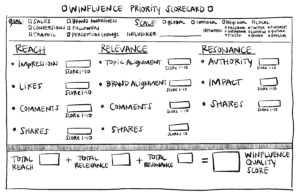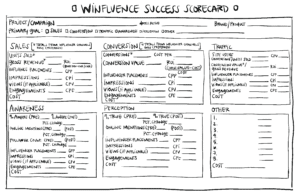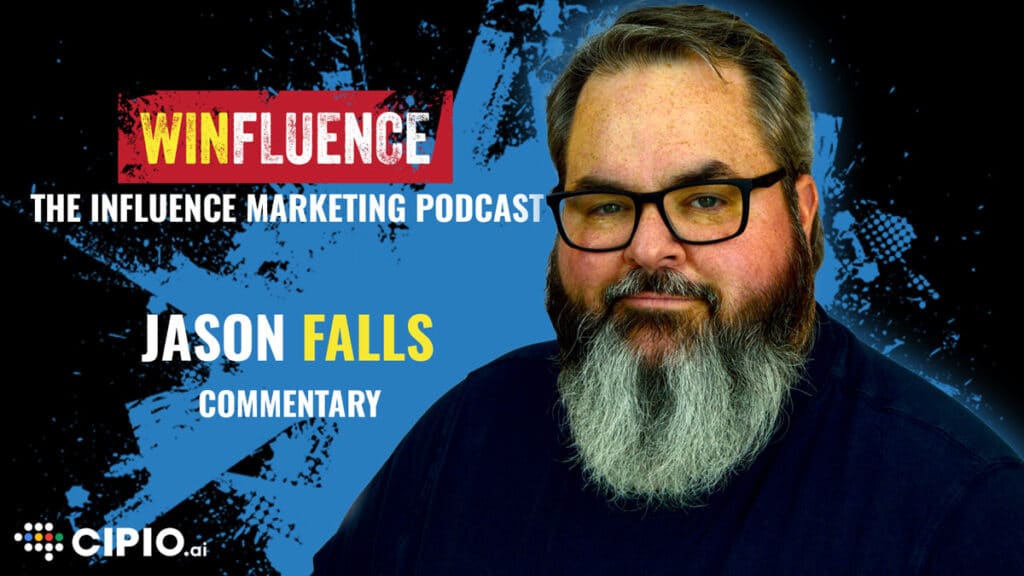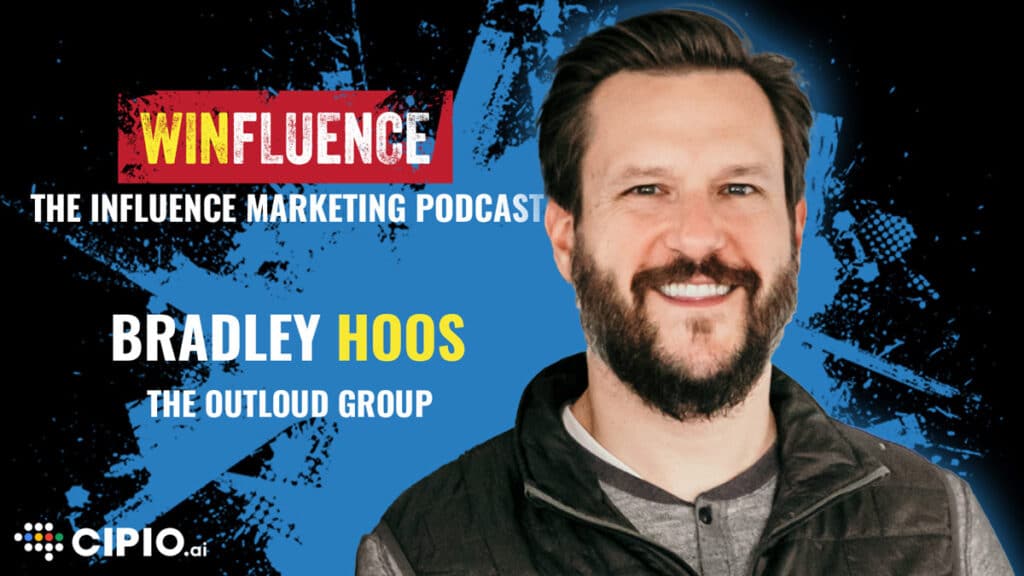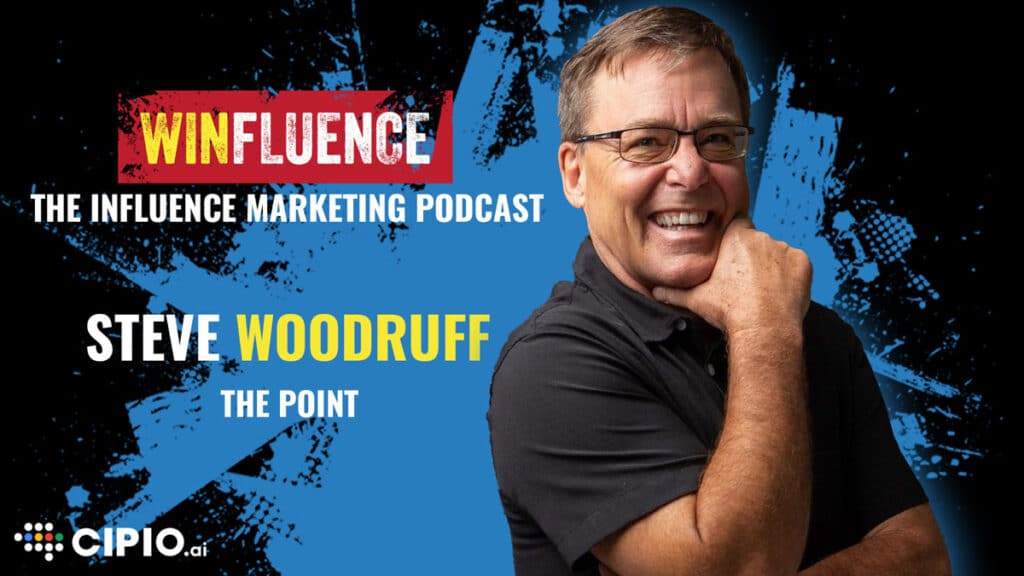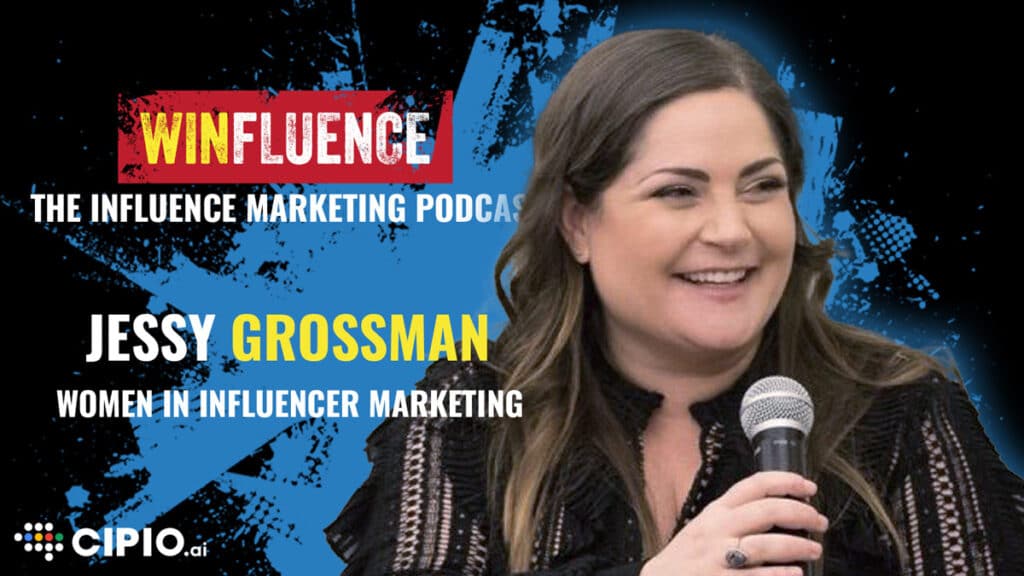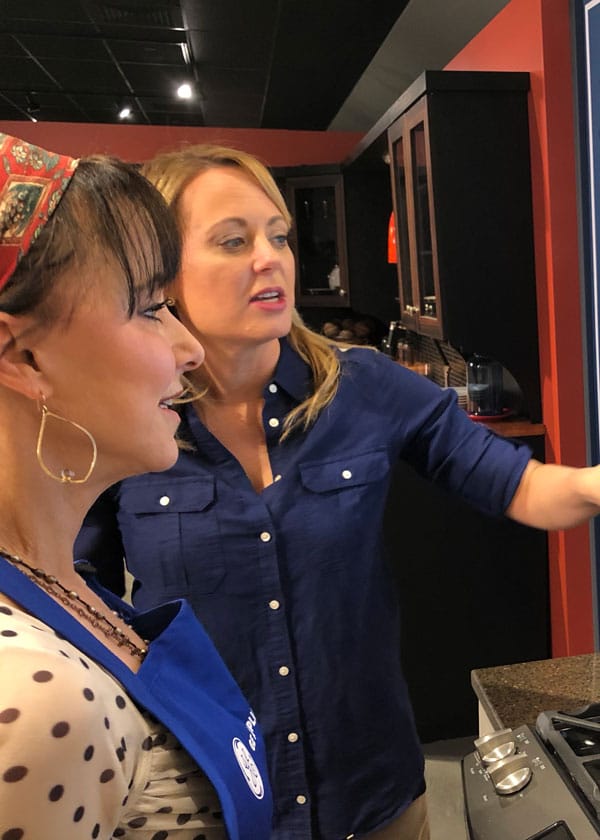
Influencer Marketing
Listen to the Podcast
Download Your Custom Scorecards!
As seen in Winfluence - Reframing Influencer Marketing to Ignite Your Brand, you can now use my dynamic builder to fill out printable PDFs of your Winfluence Priority Scorecards to help organize the influencer selections for your campaigns. You can also fill out my dynamic Winfluence Success Scorecard! Fill in your success metrics and print out a custom, one-page document to help you explain the metrics and measures your influencers achieved!
Ready to get started?
What is Influencer Marketing?
Influencer marketing or, as I argue in my new book, influence marketing, is the practice of leveraging relationships with those who have audiences of their own to communicate your message to their audience. An easy way to understand it is thinking of influencers as the television, newspaper or radio stations of today. Only instead of big media companies, they are individual people.
But it is important to know that the difference between influencer marketing and influence marketing is one focuses on the person (influencer) while the other focuses on the action (influence). The former is broadly assumed to be online influencers—people with audiences on Instagram, YouTube, Twitter, Facebook, TikTok and beyond. The latter, however, allows us to focus on influence wherever it happens and by whomever it involves. Influence can happen offline, too. And often does.
We should recognize, however, that social media has brought on the era where everyone is a publisher. The good ones build audiences they have influence over. Partnering with them to have them tell their audience about your product, service, event, brand or message means that audience is getting a referral or recommendation from someone they trust to do business with you.
A lot of influence marketing will involved these online influencers. As Winfluence - Reframing Influencer Marketing to Ignite Your Brand points out, though, we need to look at influence marketing beyond the online space to be strategic and more effective with the practice.
Why is Influence Marketing so popular?
Influence marketing is quickly becoming one of the most effective ways to reach your prospective audience. Done well, it connects your brand through an already trustworthy influencer to his or her audience through genuine endorsement and recommendation to consumers.
But influencer marketing is often in the news for not being done well. Some influencers are superficial and in it for a quick buck. Some brands just "spray and pray" like they do with advertising and are thus not happy with influencer marketing outcomes. As a result, the practice's early days have produced a bit of a bad rap for influencers.
My experience working with influencers and building influence over the last 15 years puts me in a unique position, often called an authority on influencer marketing. Tabbed by MarketingProfs to teach its in-depth course on the subject, I have found myself frequently quoted, asked to speak and provide insight to brands and events about it. Winfluence is my third book and the inspiration for its accompanying influence marketing podcast.
See my comments in media coverage, presentations on influencer marketing in the links on this page.
How do I find the right influencers for influence marketing?
Identifying the right influencers to use can be a challenging task. But it can also be simple if you do two things: Think it through logically and leverage influencer marketing tools.
First, let's think it through logically. What audience are we trying to reach? What demographic and psychographic profile do they have? What websites do they frequent? What type of content do they read and engage with online? What type of content do they share? The people creating that content are your best influencers because they already influence the audience you're trying to reach.
But, you may have a big, broad audience and need help figuring out who influences the people you wish to reach. That's where influencer marketing tools come in. From expensive, agency-type services (like IZEA), to fancy software that connects you to databases of influencers organized by numerous filters so you can find who you're looking for (like Traackr) and even combinations of those two approaches (like Mavrck), there are literally dozens of softwares and services out there to help.
Yes, there are low or no-cost software solutions. Most of them only surface people with high follower counts on Twitter and are spotty at surfacing any real topic filtering. The more you can afford to pay for these softwares, the better influencer recommendations you'll get.
But even a Google search (i.e. "most influential outdoors Instagram accounts") and some logic can point you in the right path to identifying who you should reach out to and try to build a relationship or partnership with.
How much should I pay influencers?
In the old days, good media relations meant you could reach out to an influential writer or reporter, make a compelling argument (called a pitch) that they should cover your thing and if you convinced them, you got "earned" coverage. But the shift in influence from traditional, ethics-trained journalists and media companies, to independent individuals who do this to make a buck means most influencers expect compensation for telling their audiences about you.
If you think of influencer marketing like a kind of paid media rather than a kind of PR, it'll sit better with you. But you need to consider the value an influencer brings, perhaps compare that to what you would have to pay to get the same value elsewhere, and budget accordingly.

The trick over the long haul, however, is to build relationships with influencers whom you pay for sponsored content, guest contributions or straight ads sometimes, and make them a part of your go-to-market approach regularly. If they're a good partner, they'll see the value you bring them and they bring you and not every little thing will include an invoice. But that takes building trust and forming a partnership over time.
As a quick guide, however, ask the influencers you want to work with what kind of reach, impressions, click throughs or conversions they typically deliver. Compare the cost per impression, click or conversion to your paid search or other channels, then consider the value of a personal endorsement or recommendation to their audience and price accordingly.
Podcast Episodes
More Resources
More posts and podcast episodes on Influencer Marketing from Jason Falls:
- The Psychology that Fuels Influencer Marketing
- The Crossroads of Influencer Marketing is Here
- The Critical Problem Facing Influencer Marketing
- The Trick to Understanding Influencers
- The Irony of Today's Influencer Marketing Landscape
- A Brand's Role in Helping Influencers Get Better
- Instagram Hiding Likes is the Best Thing for Influencer Marketing
- Let's do the Math of Micro-Influencers
- Deep Dive into Influencer Marketing with Danielle Wiley


